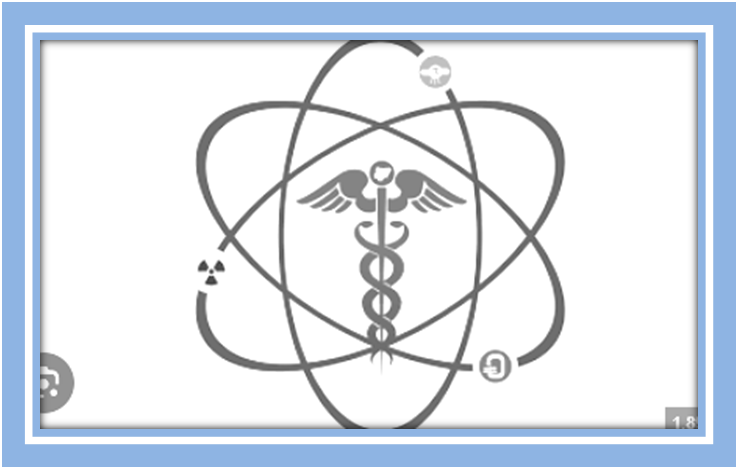Better learn pincer grasp with early intervention both for fine motor coordination skills and rehab
- Lalit Kishore
- Oct 30, 2021
- 2 min read
For mild and moderate dysgraphic children as well old people with hand tremor problem, the pincer grasp strengthening with early intervention and rehabilitation are important. Pincer grasp involves adequate coordination of the index finger and thumb to hold a thing of daily life activity such as picking a thing, holding a thing and pinching a soft thing.
In performing daily activities of life, each time we hold a pen, a pencil, a needle, small amount of salt or button your shirt, we using the pincer grasp. Learning the proper pinch grasp in early childhood under the guidance of a caregiver, teacher or occupational therapist is a an important developmental milestone acquisition.
At times, an adult who start suffering from hand tremor, early intervention to rehabilitate the fine motor muscles involved in pinch grasp under the guidance of physical therapist is required. Relearning clicking of fingers, buttoning, threading a needle, lacing shoes and tying a knots in string, threading beads, bead moving through thread are important aspects.
According to neuro-scientists, a pincer grasp involves coordination of brain and fine motor or micro-muscles of index finger and thumb which can perfected through physical therapy with material manipulation and 'sukshm yoga' exercises or 'mudra' practices. Initially, these activities are learned and practiced under a licenced therapist or specialist physio-therapist. At times, hydro-therapy under a certified therapist is needed since it makes fingers lighter and hydro-pressure works a soft spring.
Later, forceps handling, tongue handling, tongues-like musical instruments, nail-cutter handling can consciously revisited and practiced
Fine motor skills are the foundation that will later allow your child to write and use a computer mouse.
A pincer grasp represents is considered as important development stage of fine motor skills. It's use in movements helps in acquiring precise control of micro- muscles in the hands. They require multiple skills, including strength and hand-eye coordination.
It needs to be understood that fine motor skills involves in pincer-grasp use work as the foundation to write well and handle computer mouse.

A good doctor always recommend interventions occupational, physical and educational therapy for acquiring missed developmental milestones or rehabilitation of fine-motor muscles and their movement for performing tasks of daily life. Therapist's interventions foster fine motor coordination efforts.
In the collage given below, a child with dysgraphia is being encouraged to use the thumb and four-finger pincer grasp in assisted learning situation with a punch with long handles. The threading of holes to make the dog-puppet involved thumb- index finger pincer grasp along eye-hand coordination skill which was done by the child.





Comments